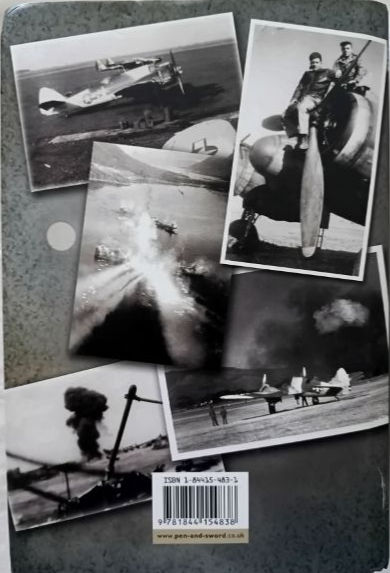How the Germans created the ultimate fighter plane during WWII by upgrading a captured British aircraft - that would go on to outperform anything else in the sky.
The Nazis created the 'ultimate' fighter plane during World War Two by upgrading a captured British Spitfire plane - that would outperform anything else in the sky.
The seized aircraft, which had mistakenly landed in a turnip field on occupied Jersey in 1942, was enhanced to make it travel faster and climb quicker than either its German or British counterparts.
To achieve this, the Germans welded a Messerschmidt 109 fighter's head to the front and replaced its engine with a more powerful fuel-injected Daimler-Benz model.
The 'Messer-Spit' was fortunately never replicated during the war, as the Nazis did not know how to build a Spitfire, but may well have impacted the outcome if it had been brought into production.
The single Frankenstein-plane was eventually destroyed by an Allied bombing raid on the Daimler-Benz factory, near Stuttgart, in 1944.



'The Germans took the Spitfire then tried putting the front end, the engine, of their Me109 fighter, on the front end of it, producing this ghastly looking hybrid,' said British aviation historian Nik Coleman.
'Funnily enough, it worked great, better than either of the original aircraft. They never pursued the project, but used the information to improve their future fighters.'
Aviation historian Ian McLachlan said that the new aircraft had performed 'rather well' after the parts were added.
'It went through extensive testing and did very well on all the key factors such as speed and rate of climb.
'However, only one was made as it was not a realistic proposition to do this on a larger scale as there were just not enough captured Spitfires for the Germans to use.
'Also, the Me 109 was more than capable of handling itself against the Mark 5 Spitfire in its own right and the Focke-Wulf 190 was generally superior anyway.'



The illusive photographs of the mutant plane were dug up for PBS America series Plane Resurrection after filmmaker and British aviation historian Nik Coleman spotted them on German military history forums.

The Spitfire, piloted by German-born Frenchman Lieutenant Bernard Scheidhauer from the RAF no 101 Squadron, was captured after it touched down on Jersey when the pilot believed he had reached the Isle of Wight.
The plane had taken off from RAF Westhampnett, West Sussex, in November 1942 to carry out attacks on railways and other infrastructure when it was hit by an anti-aircraft gun and began to limp back to Britain.
Lt Scheidhauer was also captured on Jersey and taken to Stalag Luft III PoW camp, in Silesia, Germany, where he paired up with mastermind Squadron Leader Roger Bushell to take part in the Great Escape.
They were among the first to exit through the tunnel but were arrested a few days later at Saarbrucken railway station.
On March 29, both of them were driven out into the country and told to get out for a toilet break, at which point they were shot with their backs turned.


Over 33,000 Me 109s and 20,000 Spitfires were produced during World War Two, often duelling in the skies as the adversaries sought to establish aerial supremacy.
The Me 109s had heavier armament and were slightly faster, but were not as well suited for ‘dogfighting’ as the more agile Spitfires with their better turning ability.
(Source: Luke Andrews, MailOnline- 17/1/2020)































